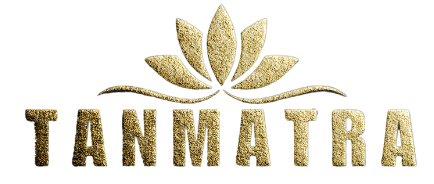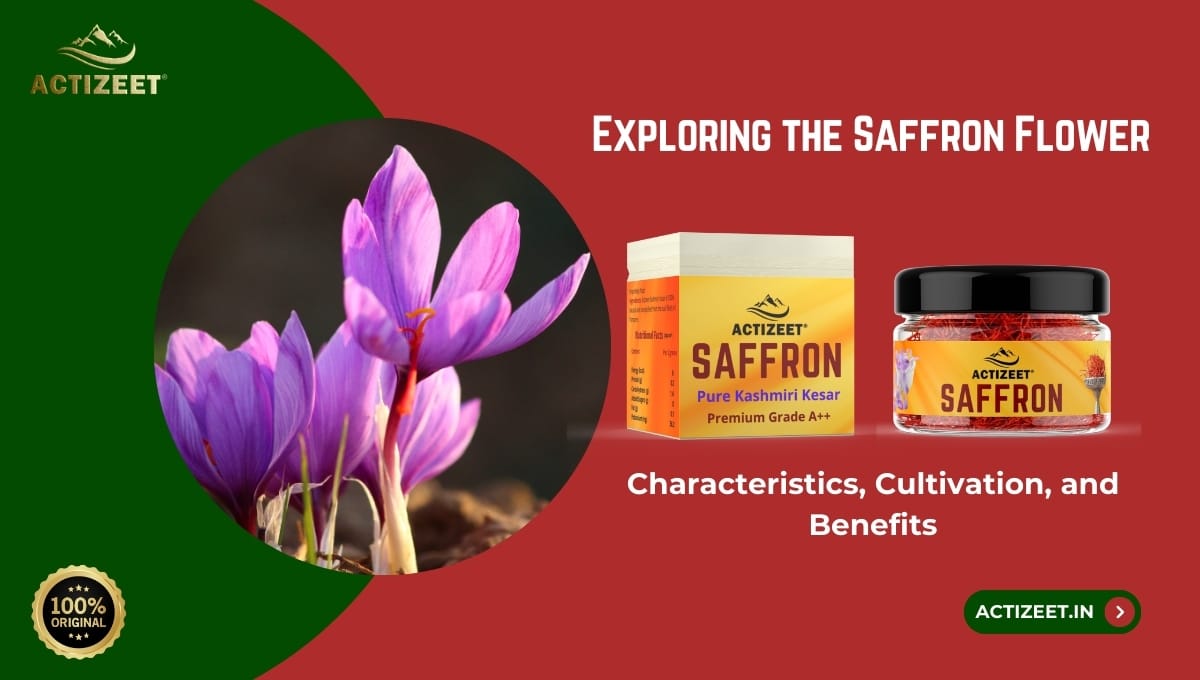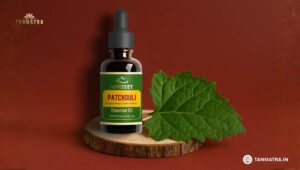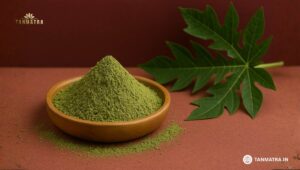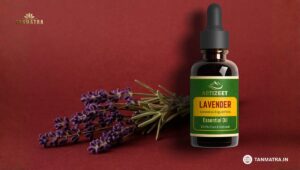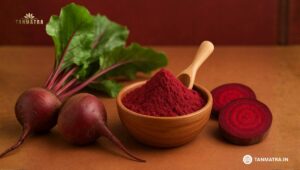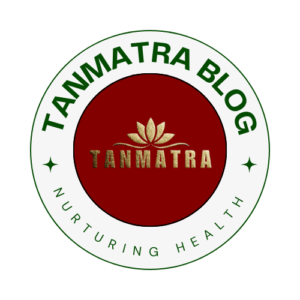Discover the intricate details of the saffron flower, from its botanical characteristics to cultivation techniques and health benefits. Learn why ACTIZEET Saffron is the premier choice for quality and purity.
Table of Contents
ToggleThe saffron flower, scientifically known as Crocus sativus, is the source of one of the most valuable spices in the world. Revered for its vibrant color, unique flavor, and medicinal properties, saffron has been used for over three millennia in various cultures. This article delves into the botanical characteristics, cultivation practices, historical significance, and health benefits of the saffron flower. Additionally, we will explore why ACTIZEET Saffron stands out as the premier choice for those seeking the finest quality saffron.
Botanical Characteristics of the Saffron Flower
Morphology
The saffron flower, Crocus sativus, belongs to the Iridaceae family and is a perennial herbaceous plant. Key features include:
- Flowers: Each plant produces violet flowers with three vivid crimson stigmas, which are the source of saffron threads. The flowers have a sweet, honey-like fragrance.
- Corms: The plant grows from corms, bulb-like structures that store nutrients and are crucial for the plant’s growth cycle.
- Leaves: Long, slender, grass-like leaves emerge from the corm, typically in late autumn or early winter.
Growth Cycle
The growth cycle of Crocus sativus is unique:
- Planting: Corms are planted in late summer or early autumn.
- Flowering: Flowers bloom in late autumn, typically over a 2-3 week period.
- Dormancy: After flowering, the plant enters a dormancy phase during winter.
- Vegetative Growth: In spring, the leaves continue to grow and store energy in the corms, which wither by late spring, signaling the end of the growing season.
Cultivation of Saffron Flowers
Ideal Growing Conditions
Crocus sativus requires specific conditions to thrive:
- Climate: A temperate climate with hot, dry summers and cold winters is ideal. The plant needs a significant temperature range to complete its growth cycle.
- Soil: Well-drained, loamy, or sandy soil with a neutral to slightly alkaline pH (6-8) is preferred.
- Watering: Moderate watering is essential. Over-watering can lead to corm rot, while insufficient watering can affect flower production.
Planting Techniques
- Soil Preparation: The soil must be well-tilled and free of weeds. Organic matter or compost can be added to improve soil fertility and structure.
- Corm Selection: Healthy, disease-free corms are selected for planting. Larger corms are preferred as they produce more robust plants and higher yields.
- Planting Depth and Spacing: Corms are planted at a depth of 10-15 cm and spaced 10-20 cm apart to allow sufficient room for growth and nutrient uptake.
Harvesting Saffron
- Flower Picking: Saffron flowers bloom over a 2-3 week period in late autumn. Flowers are picked early in the morning to prevent wilting and ensure maximum freshness.
- Stigma Separation: The crimson stigmas are carefully separated from the flowers by hand. This labor-intensive process requires precision and patience.
- Drying: The separated stigmas are dried to reduce moisture content and preserve their quality. Traditional methods involve drying in the sun or using a controlled environment to ensure uniform drying.
Historical and Cultural Significance of the Saffron Flower
Ancient Origins
The use of saffron dates back over 3,500 years, with its origins traced to the region historically known as Persia (modern-day Iran). Ancient civilizations, including the Egyptians, Greeks, and Romans, were among the first to recognize the value of saffron, using it in medicine, cooking, and as a dye.
Saffron in Ancient Egypt
In ancient Egypt, saffron was highly valued for its therapeutic properties and was used in medicinal preparations, cosmetics, and perfumes. Cleopatra, the legendary queen, was known to use saffron in her baths to enhance her complexion and imbue a sense of luxury.
Greek and Roman Usage
The Greeks and Romans also prized saffron for its diverse applications. In Greece, saffron was used in therapeutic ointments and perfumes, while the Romans expanded its use to include cosmetics, medicines, and textiles. Saffron’s vibrant color and unique flavor made it a staple in Roman cuisine and a symbol of wealth and sophistication.
Spread to Europe and Asia
During the medieval period, saffron cultivation expanded to Europe, particularly in regions like Spain, France, and Italy. The town of Saffron Walden in England became a prominent center for saffron cultivation during the 14th century. In Asia, saffron found a significant place in Indian culture, where it was integrated into Ayurvedic medicine and culinary traditions.
Health Benefits of Saffron
Antioxidant Properties
Saffron is rich in antioxidants, which help neutralize free radicals and reduce oxidative stress. These properties help prevent chronic diseases such as heart disease, diabetes, and cancer.
Mood Enhancement and Mental Health
Saffron has been shown to have antidepressant and anxiolytic effects. Studies suggest that saffron can increase serotonin levels in the brain, which helps improve mood and alleviate symptoms of depression and anxiety.
Cognitive Function
Saffron’s neuroprotective properties make it beneficial for cognitive health. Research indicates that saffron can improve memory and cognitive function, potentially delaying the onset of neurodegenerative diseases like Alzheimer’s.
Anti-Inflammatory and Pain Relief
The anti-inflammatory properties of saffron can help reduce inflammation and provide relief from pain conditions such as arthritis and muscle soreness.
Digestive Health
Saffron aids digestion and can help alleviate gastrointestinal issues such as bloating, constipation, and indigestion. Its anti-inflammatory properties soothe the digestive tract.
Cardiovascular Health
Saffron’s antioxidants benefit cardiovascular health by reducing cholesterol levels and preventing plaque buildup in arteries. Additionally, the potassium and magnesium in saffron support heart health.
Weight Management
Saffron has appetite-suppressing properties that can aid in weight management by reducing snacking and overeating.
Scientific Evidence Supporting Saffron’s Benefits
Clinical Studies
Numerous studies have highlighted the health benefits of saffron:
- Antioxidant Effects: Research published in the Journal of Ethnopharmacology found that saffron’s antioxidants protect cells from damage and reduce inflammation.
- Mood Enhancement: A study in the Journal of Affective Disorders reported that saffron was as effective as conventional antidepressants in treating mild to moderate depression.
- Cognitive Improvement: The Journal of Alzheimer’s Disease indicated that saffron supplementation improved cognitive function in patients with Alzheimer’s.
These studies provide robust scientific support for the traditional claims of saffron’s health benefits.
Why Choose ACTIZEET Saffron?
The quality and purity of saffron significantly impact its flavor, aroma, and health benefits. ACTIZEET Saffron stands out for several reasons:
- Purity: ACTIZEET Saffron is 100% pure, free from additives and artificial substances, ensuring you get the full spectrum of saffron’s benefits.
- Potency: Harvested and processed to preserve its potency, ACTIZEET Saffron contains high concentrations of active compounds like crocin, safranal, and crocetin.
- Sustainability: Sourced from sustainable farms, ACTIZEET Saffron prioritizes environmental health and ethical practices, making it a responsible choice for consumers.
Conclusion
The saffron flower, with its rich history, unique characteristics, and numerous benefits, is a valuable addition to both culinary and medicinal practices. Its ability to enhance flavor and aroma, coupled with its health benefits, makes it a prized ingredient in kitchens and apothecaries worldwide.
For those seeking the best quality and benefits, choosing high-quality saffron like ACTIZEET Saffron is essential. ACTIZEET Saffron offers superior purity, potency, and sustainability, ensuring that you experience the full range of benefits that this golden spice has to offer.
Incorporate ACTIZEET Saffron into your daily routine and discover the extraordinary benefits and delightful experience of the finest saffron available. Embrace the rich history and unparalleled quality of ACTIZEET Saffron and transform your culinary and health practices with this remarkable spice.
Saffron
Pure Saffron 4 Grams
₹4,800.00 Original price was: ₹4,800.00.₹2,800.00Current price is: ₹2,800.00.
Related Products
-
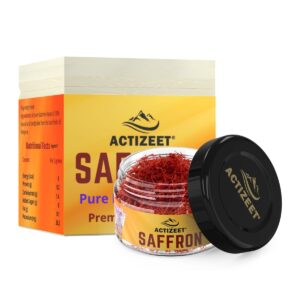 Rated 4.60 out of 5 based on 10 customer ratingsSale!BUY NOW
Rated 4.60 out of 5 based on 10 customer ratingsSale!BUY NOW₹4,800.00Original price was: ₹4,800.00.₹2,800.00Current price is: ₹2,800.00. -
 Rated 4.83 out of 5 based on 6 customer ratingsSale!BUY NOW
Rated 4.83 out of 5 based on 6 customer ratingsSale!BUY NOW₹1,200.00Original price was: ₹1,200.00.₹900.00Current price is: ₹900.00. -
 Rated 4.63 out of 5 based on 8 customer ratingsSale!BUY NOW
Rated 4.63 out of 5 based on 8 customer ratingsSale!BUY NOW₹2,400.00Original price was: ₹2,400.00.₹1,600.00Current price is: ₹1,600.00.
Recent Blog Posts
Patchouli Oil Benefits: The Earthy Elixir for Skin, Hair, and Mind
Discover the powerful Patchouli Oil Benefits for skin, hair, stress relief, and natural healing. Learn why ACTIZEET Patchouli Oil is...
Read MorePapaya Leaf Powder Benefits: Nature’s Secret for Immunity and Vitality
Discover the powerful Papaya Leaf Powder Benefits for immunity, dengue recovery, skin health, and digestion. Learn why ACTIZEET Papaya Leaf...
Read MoreLavender Oil Benefits: Nature’s Calming Elixir for Mind, Skin, and Soul
Discover the amazing Lavender Oil Benefits for relaxation, skin glow, and hair health. Learn why ACTIZEET Lavender Oil is India’s...
Read MoreBeet Root Powder Benefits: The Natural Energy Booster You Need
Discover the amazing Beet Root Powder Benefits for your health, skin, and energy. Learn why ACTIZEET Beet Root Powder is...
Read More